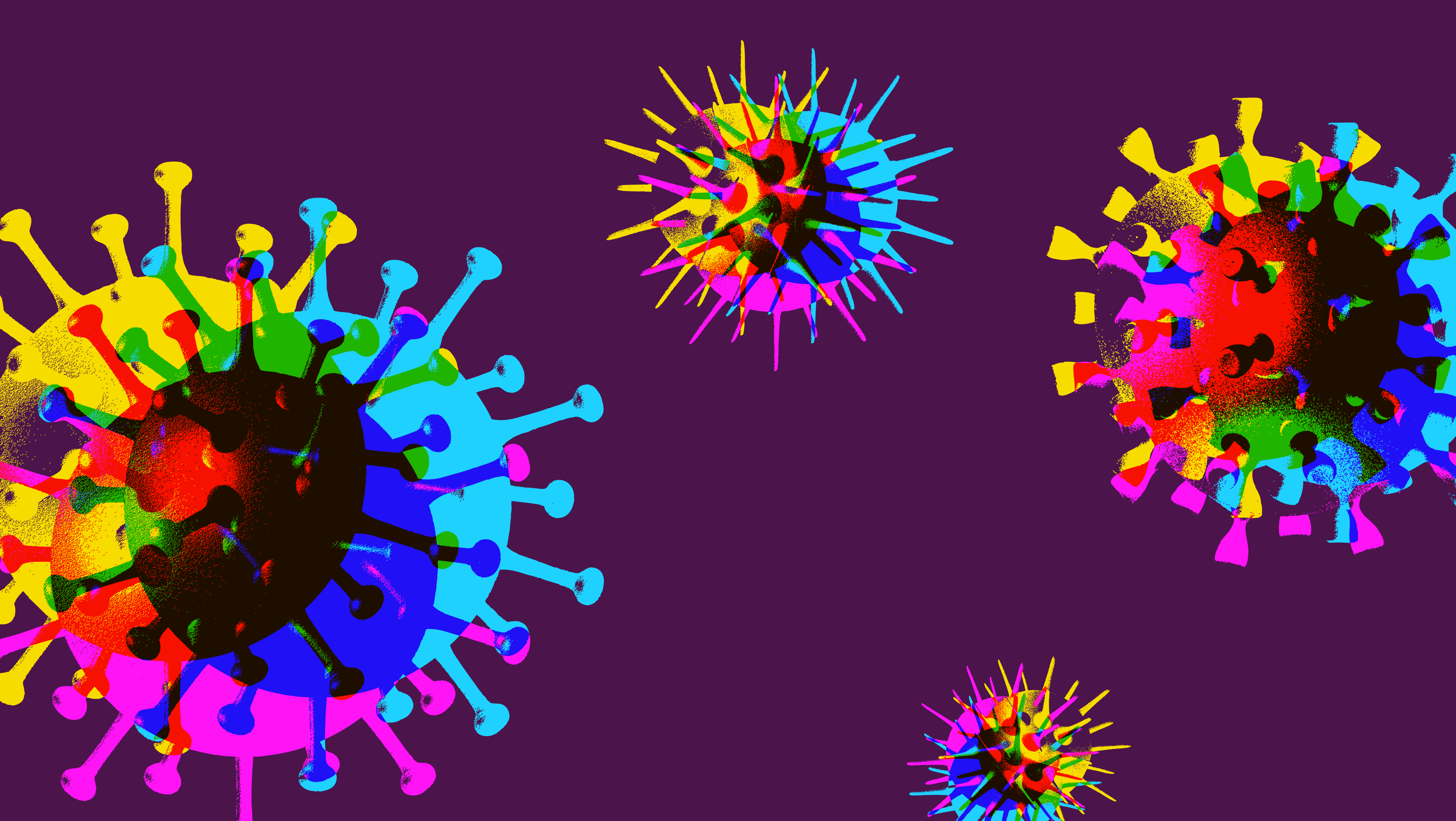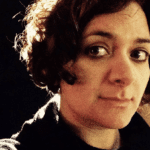Jason Rosenberg is finding little joy these days, even though he’s seeing people care for each other. Rosenberg is a member of New York City’s COVID-19 Working Group, an alliance for community-based responses to the pandemic that includes, among others, HIV treatment advocacy groups (like PrEP4All Collaboration and Treatment Action Network) and the Callen-Lorde Community Health Center, which serves the city’s LGBTQ2 population. In his work with the coalition, he has witnessed the upswell of mutual aid efforts that began a few weeks ago. Now, his organization is advocating for city and statewide policies to stabilize housing and income for the city’s most vulnerable.
It’s all happening “because of the ineffectiveness of our government,” Rosenberg says. “The joy comes in the coalition building, but other than that, I don’t think there’s a lot of joy right now.”
As the COVID-19 pandemic threatens the health of people and of economies worldwide, many in the global LGBTQ2 community sense a particular vulnerability to the pandemic’s immediate and downstream effects. In response, many are coordinating efforts to care for their own communities, often modeling their strategies on lessons learned from HIV/AIDS advocacy.
“One of the things I’m very concerned about is the social safety net,” says Charles Stephens, the director of The Counter Narrative Project, a Black gay men’s advocacy organization based in Atlanta, Georgia. Indeed, systematic employment discrimination could make the potential economic and health-related fallout of COVID-19 a greater threat to queer communities.
Of the 5.4 million LGBTQ2 workers in the U.S., about half live in a state without explicit protections against on-the-job discrimination. In 2017, the unemployment rate among LGBTQ2 people in the country was nearly twice that of non-LGBTQ2 people. The effects of discrimination may be particularly bad for transgender Americans, three quarters of whom have experienced workplace discrimination.
Stephens suspects that for LGBTQ2 people, employment discrimination and other barriers like housing and transportation have resulted in their overrepresentation in short-term, non-contracted jobs with lower job security and fewer benefits, including health insurance and paid sick leave.
“Perhaps many of us have been drawn to the gig economy as a way to make ends meet because of some of the barriers to employment that many of us face,” he says, noting that LGBTQ2 people of colour often experience even more of these barriers. (Although Canadian law prohibits discrimination on the basis of LGBTQ2 status, including employment discrimination, there have been reports of such discrimination occurring in some Canadian workplaces.)
Because healthcare is tied to full-time employment in the U.S., Americans who are unemployed or underemployed are less likely to have health insurance, resulting in higher out-of-pocket health-care costs. Indeed, according to the University of California, Los Angeles’ Williams Institute, LGBTQ2 people in the U.S. are more likely to be uninsured and to have low income than their non-LGBTQ2 counterparts. The fraught nature of healthcare settings for so many LGBTQ2 Canadians and Americans—and the increasingly burdensome expense associated—helps explain some of the reluctance of many LGBTQ2 people to seek medical attention when they are feeling sick. This reluctance may be magnified in transgender people: Half of transgender Canadians live below or close to the poverty line, and transgender people often report worse healthcare experiences than other members of the LGBTQ2 community.
With less sick leave and pricier, more stigmatizing healthcare, LGBTQ2 Americans may be less incentivized to stay home from work and seek medical attention if they become ill. This raises the risk that queer communities will have both higher rates of disease spread and worse health outcomes from infection during the COVID-19 pandemic.
While Stephens acknowledges that the shift to virtual interactions may be jarring for many, he fears the effects of social isolation will have a particular impact on members of LGBTQ2 communities. “I think we experience a lot of isolation and loneliness in general just by virtue of our identity,” he says.
LGBTQ2 people already have a higher risk than others of experiencing traumatic events and struggling with mental health, which often leads to feelings of shame and loneliness. This is especially true for LGBTQ2 seniors, who are at high risk for both social isolation and severe COVID-19 infections. Queer youth are more likely than their non-queer counterparts to experience homelessness and family rejection, making their chosen family—who often do not share living space—a key element of queer support systems.
“I do wonder how it will impact our emotional wellness, how it will impact our connection to the community, how it will impact our agency and resilience,” Stephens says. “It’s very tough being disconnected from the community.”
So many of the milestones of queer life take place in public spaces, and Stephens fears young LGBTQ2 people will miss deeply important turning points as a consequence of social distancing—some may also have to stay closeted longer. “Such an important rite of passage for queer and trans kids coming out is coming into community and going out,” he says. Even in the age of apps and social media, there’s something very special about physically being around crowds of people you feel are like you after coming out. “This upcoming cohort of folks coming out, Stephens says, “they’re gonna have to come out in a very different kind of way.”
Other concerns stem from disproportionately high rates in some subsets of LGBTQ2 communities of smoking, excess weight and some cancers, all of which increase the risk of severe COVID-19 infection and death.
The National LGBT Cancer Network recently outlined these risks in an open letter to media and health officials. It also included a list of strategies that U.S. public health authorities could use to ensure equitable risk communication and resource dedication to LGBTQ2 communities. (Of note, the U.S. Department of Health and Human Services recently released guidance indicating there is no more severe disease from COVID-19 complications for people living with HIV.)
Stephens does retain some hope that both the government and community responses to COVID-19 can be informed by the early days of the AIDS epidemic. “There are obviously some blueprints that we may be able to draw upon,” he says. “Some of the same challenges and issues that we faced before—misinformation and stigma, conspiracy theories, racism—like, we see this now.“
During the early days of the HIV/AIDS epidemic, in the midst of an inequitable and inefficient government response, LGBTQ2 communities developed a culture of self-care and mutual aid. Queer communities provided each other with home care, including buddy programs and hospice care. Members of the HIV/AIDS advocacy group ACT UP “went to school,” says member Mark Milano, teaching themselves the science behind drug development so they could more effectively convince leaders at the National Institutes of Health to speed up drug development and approval.
If properly deployed, many of the same strategies used during those times could be critical to queer well-being during this pandemic, Stephens says. “There should be HIV movement leaders at the table.”
Jason Rosenberg and his colleagues are at that table. Many of the organizations in the COVID-19 Working Group trace their lineage to ACT UP, and what animates them is the historic resilience of the LGBTQ2 community in the face of crisis. “As a community, we’re always surviving in some way,” says Rosenberg. “Whether it’s been COVID-19, HIV or any of these structural things that inhibit us from liberation.”
Legacy: April 14, 2020 10:30 amThis story has been updated to correctly reflect Charles Stephens’ statement on LGBTQ2 youth and coming out during COVID-19.


 Why you can trust Xtra
Why you can trust Xtra


